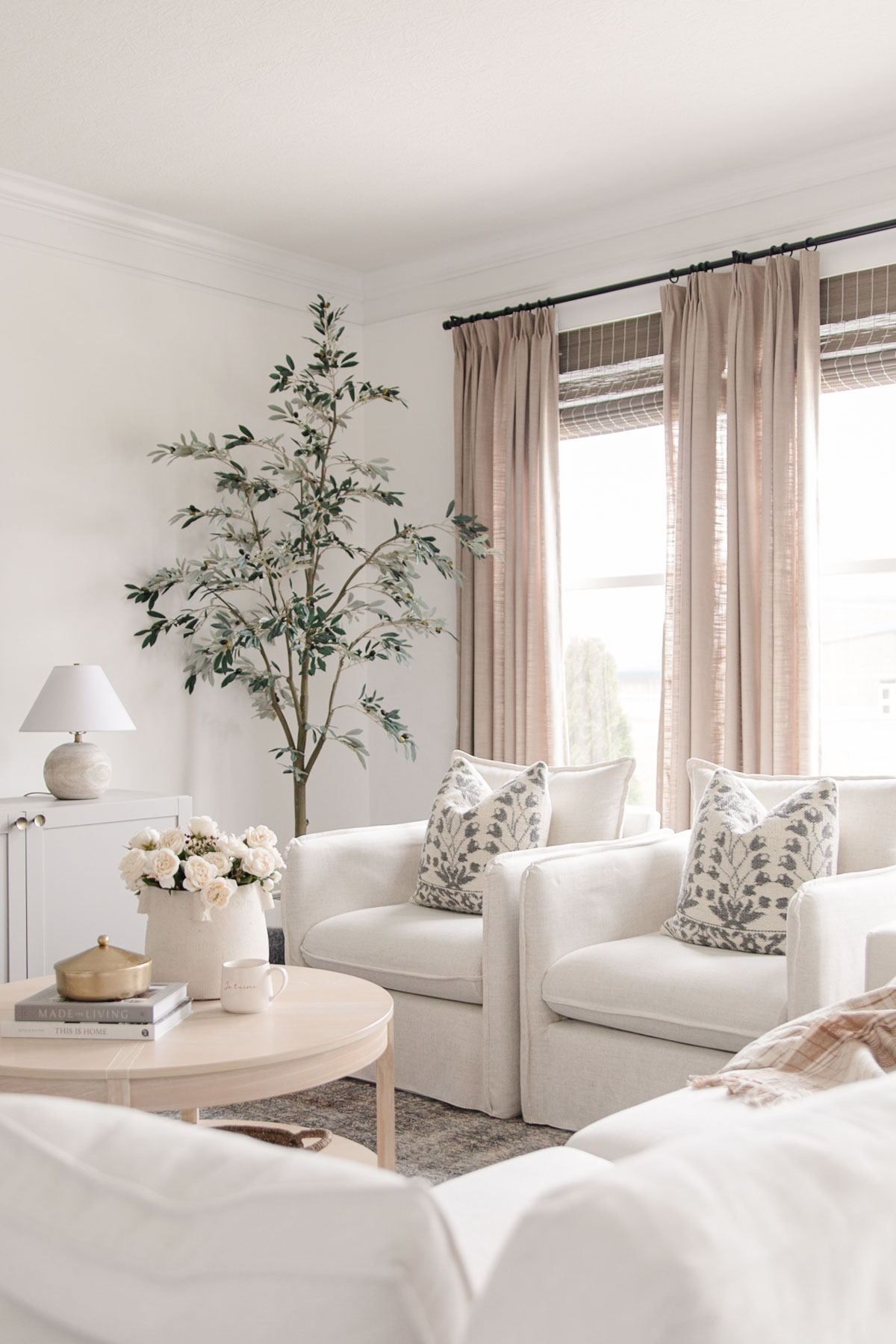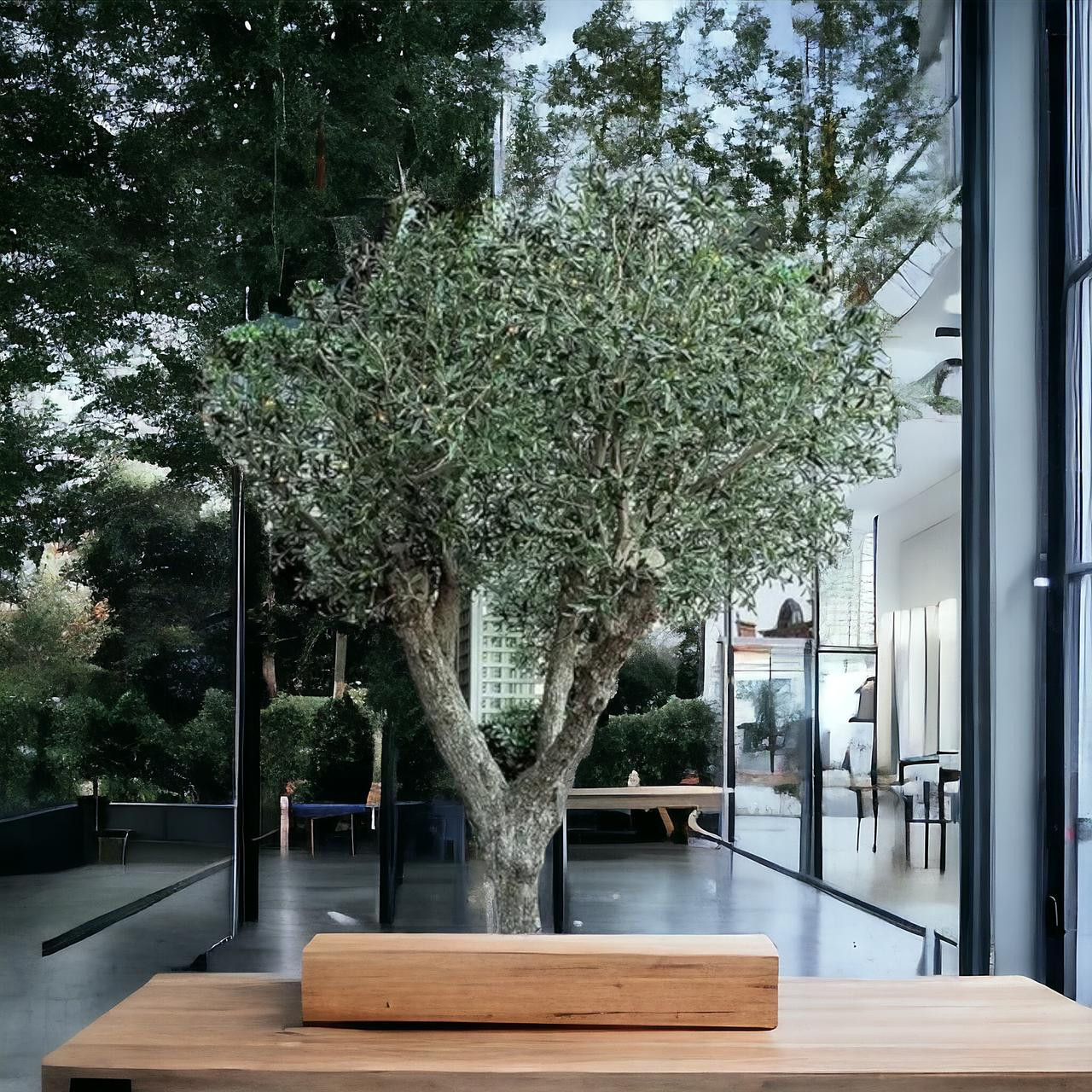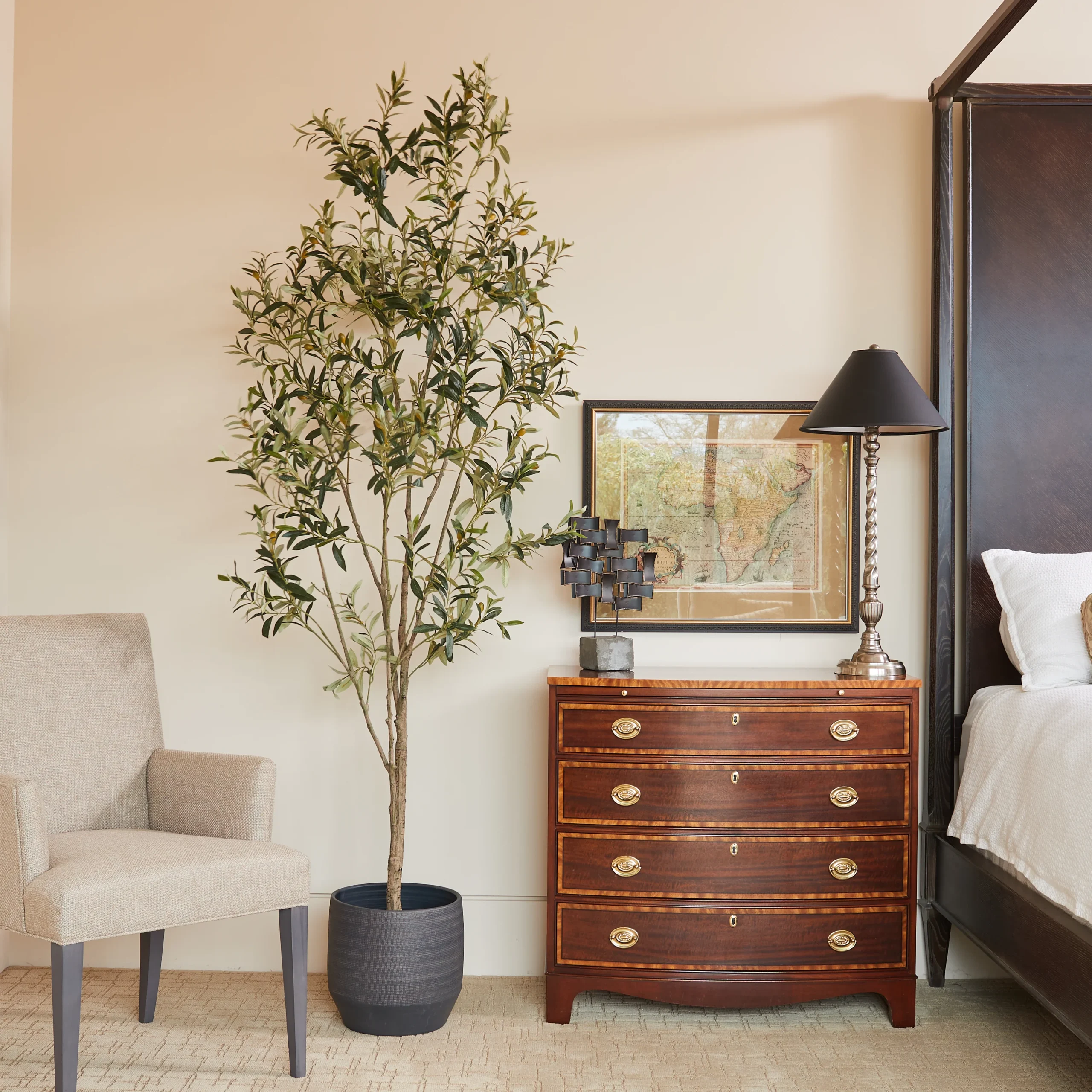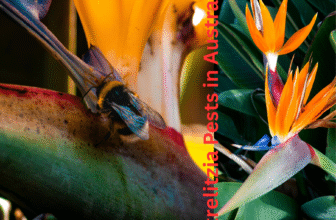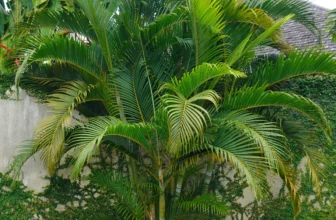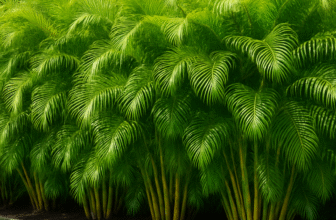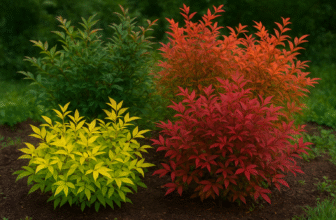Introduction
Bring a touch of natural beauty to your home with faux greenery that works for any space, indoors or outdoors. These lush designs look just like natural plants but don’t need the care and maintenance that live plants require. Made with high-quality materials. Gardengreen.au’s fake plants will keep your home looking fresh and vibrant for years to come. It comes in various types, each designed to replicate different plants, vines, and leaves. Here are some common categories.
Researchgate states
ResearchGate hosts various studies exploring Greenery’s impact on the highest levels of psychological well-being and workplace productivity. Click here for details of the research study.
Studies have also shown that having greenery in the workplace can boost productivity and creativity. Even artificial plants can create a calming atmosphere that helps reduce stress and improve focus.

Click here to know all about Artificial grass.
Artificial plants resembling trees and shrubs are commonly used to decorate homes, offices, and outdoor spaces. Unlike natural plants, faux trees and shrubs don’t require watering, sunlight, or maintenance, making them a convenient and long-lasting option for adding greenery to any environment. Greenery can be made from materials like plastic, silk, or other synthetic fibers and is crafted to resemble the natural plants’ appearance closely.
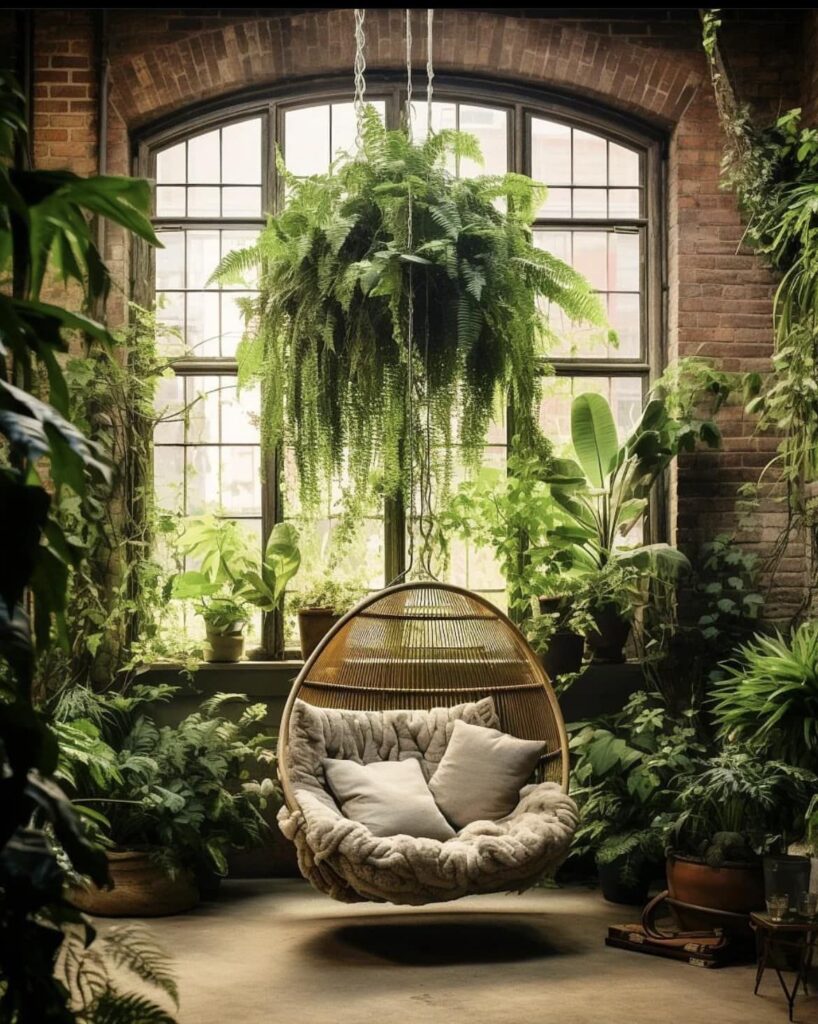
Here’s a closer look at some popular types of artificial trees and shrubs, elevate your home elegance by using this faux greenery.
Fiddle Leaf Fig
Faux Olive Tree
Artificial Boxwood
Faux Palm Trees
A brief introduction to types of Trees & Shrubs:
- Faux Fiddle Leaf Fig:
- Appearance: This artificial tree mimics the large, glossy, violin-shaped leaves of the real Fiddle Leaf Fig tree, which is famous for its bold and dramatic look.
- Uses: Often placed in living rooms, offices, or bedrooms to add a touch of modern, tropical elegance.
Here’s a brief overview of Faux olive trees. To learn more about this plant, click here for a detailed guide. We’ve also created a separate blog dedicated to the natural aesthetics of olives. Check out the next blog post to explore more.
Faux Olive Tree:
An “Artificial Olive Tree” is a fake tree that looks like a real olive tree. Furthermore, It has the same pretty, silvery-green leaves and slim branches but doesn’t need water, sunlight, or care like a real tree. You can use it to decorate your home or office, adding a touch of nature that stays beautiful all year round without any maintenance. It’s a simple way to enjoy the look of an olive tree without the hassle.

Range of Sizes and Shapes
These trees come in various sizes and shapes, from small, compact tabletop versions perfect for desks or shelves to grand, full-sized trees that can become a statement piece in a living room or entryway.
Artificial Boxwood:
“Artificial Boxwood” is a fake version of the real boxwood plant known for its dense, small, and glossy green leaves. Faux plants are just like real boxwoods but without the need for any care or maintenance. They’re often used to decorate homes, offices, or gardens, adding a neat look to any space.
Decor ideas
You can find artificial boxwood in different forms, like hedges, balls, or panels, which are great for creating privacy screens, decorating walls, or adding some greenery. Because they don’t need sunlight, water, or trimming, they stay fresh and green all year round, no matter where you place them.
- Appearance: Mimics the dense, small-leaved shrub known for its classic, evergreen look.
- Uses: Faux boxwoods are popular in creating topiaries, hedges, or accent pieces in gardens, patios, or entryways.

Faux Palm Trees:
The artificial palm should have a stable and sturdy base to prevent tipping, especially in high-traffic areas or outdoors where wind might be a factor. Some artificial palms come with weighted bases or the option to secure them permanently.
- Appearance: These trees replicate palm trees’ long, arching fronds, bringing a tropical feel to any space.
- Uses: Ideal for beach-themed or tropical décor, often used in sunrooms, pool areas, or large living spaces.
If you want to know more about faux Palm Trees, Click here.

Faux trees and shrubs are made from materials like plastic, silk, or polyester and are often designed with UV resistance if intended for outdoor use. They are an excellent option for those who want live plants’ lush, green look without the care to keep real ones healthy.
Most reliable online shops
At Gardengreen Australia, our experts handpick each product and top sellers to meet the unique needs of online buyers. we also suggest our clients to elevate their home elegance by using this faux greenery
Today, we present 5 top online sellers in Australia, all chosen for their competitive prices and quality.
You can purchase faux trees and shrubs from our carefully chosen vendors. These retailers provide a broad range of styles, sizes, and price points, so you can find the perfect faux trees and shrubs to match your décor and budget.

Refer to artificial versions of trailing or cascading plants designed to replicate the natural beauty of real vines and hanging plants. These faux plants are famous for adding greenery to spaces where natural plants might be difficult to maintain, such as low-light areas or high places that are hard to reach for watering. They can be used indoors or outdoors and are often made from plastic, silk, or polyester.
Ivy
English Ivy
String of Pearls
Boston Fern
Faux Vines and Hanging Plants
Here’s a closer look at some popular types of faux vines and hanging plants:
Uses of Faux Vines and Hanging Plants:
- Wall Décor: Faux vines can create green walls or accent features on blank spaces.
- Ceiling Décor: They can be draped from ceilings or light fixtures to add a touch of nature from above.
- Outdoor Spaces: Faux vines are often used on balconies, patios, and pergolas where maintaining live plants might be challenging.
- Event Decorations: Faux hanging plants are popular in event décor for weddings, parties, and other gatherings. They provide a lush, green look without the worry of wilting.
Advantages:
- No Maintenance: Unlike natural plants, faux vines don’t require watering, sunlight, or pruning, making them a hassle-free option.
- Versatility: They can be used in any environment, including areas with low light, poor ventilation, or extreme temperatures where natural plants might not thrive.
- Longevity: Faux vines and hanging plants maintain their appearance over time without the risk of dying or losing leaves.
Artificial vines and hanging plants are a versatile and stylish way to bring the beauty of nature into your home or outdoor spaces without the upkeep that natural plants require.
The National Library of Medicine (NCBI) highlights the utility of artificial flowers in research.
Artificial flowers have a surprising range of uses beyond simple decoration. One innovative application is their use in scientific research, especially investigating multimodal flower choice in wild insects. Researchers use these synthetic flowers to study how insects like bees, butterflies, and other pollinators respond to sensory cues such as color, shape, scent, and texture. Scientists can better understand how pollinators choose in natural settings by controlling these variables with artificial flowers. Learn more. Click here
Fake plants are artificial reflection of dense, leafy plants typically used to add greenery and texture to various spaces. These faux plants are designed to closely mimic the appearance of actual bushes and foliage, providing a lush and vibrant look without needing maintenance. Faux bushes and foliage are commonly used in home décor, event decoration, and landscaping, offering a practical and aesthetic solution for those who want the beauty of greenery without the upkeep.
Common Types of Faux Bushes and Foliage:
Boxwood:
Appearance: Faux boxwood mimics the dense, small-leaved evergreen shrub, often featuring a tightly packed, bushy appearance.
Uses: Boxwood is ideal for creating artificial hedges, topiaries, or accent pieces indoors and outdoors. It is famous for its classic, formal look.

Faux Fern Bush:
Appearance: This faux bush replicates the lush, feathery fronds of real ferns, creating a full and vibrant look.
Uses: They are perfect for filling out planters, adding greenery to patios, or enhancing the décor of shaded indoor spaces where real ferns might struggle to grow.
To learn more about Artificial Ferns, Click here
Pothos:
Appearance: Faux pothos foliage features heart-shaped leaves often varied with green, yellow, or white shades.
Uses: Commonly used in hanging baskets, wall displays, or as trailing plants on shelves. Faux pothos add a touch of greenery with its cascading vines.
Philodendron:
Appearance: Faux philodendron foliage typically features large, lobed leaves that are glossy and green, closely mimicking the actual plant.
Uses: They are famous for creating a tropical or jungle-like atmosphere in living rooms, bathrooms, or outdoor spaces. They are often used in large planters or as ground cover in faux gardens.
Ruscus:
Appearance: Faux ruscus foliage has slender, elongated leaves often used to add texture and fill in arrangements.
Uses: Frequently used in floral arrangements, wreaths, and garlands, faux ruscus adds volume and greenery to various décor pieces.

Uses of Faux Bushes and Foliage:
- Indoor Decoration: Faux bushes and foliage are often used to fill empty corners, enhance the look of tables and shelves, or add greenery to rooms without natural light.
- Outdoor Decoration: They can be used in outdoor planters, along pathways, or to create privacy screens and hedges, providing a permanent green look that withstands all weather conditions.
- Event Décor: Faux foliage is widely used in event decorations, such as weddings, parties, and corporate events, where it adds natural beauty without the risk of wilting.
- Floral Arrangements: Faux foliage is an essential component of artificial floral arrangements, adding volume, texture, and a realistic touch to bouquets and centerpieces.
These are artificial versions of real succulents and cacti designed to mimic the appearance of these popular, low-maintenance plants. Succulents and cacti are known for their thick, fleshy leaves and stems, which allow them to store water and thrive in arid environments. Faux greenery décor gives same aesthetic appeal as natural without needing care.

Common Types of Faux Succulents and Cacti:
- Aloe
- Echeveria
- Agave
- Faux Cactus
- Aloe:
- Appearance: Faux aloe mimics the spiky, elongated leaves of the natural aloe plant, often with a slightly glossy finish to resemble its natural texture.
- Uses: Faux aloe is often used as a statement piece in modern or minimalist décor, placed in small pots on desks, shelves, or countertops.
- Echeveria:
- Appearance: Faux echeveria replicates the rosette-shaped arrangement of fleshy leaves, which can be green, purple, or blue-grey.
- Uses: These are popular in small arrangements, terrariums, or as part of succulent gardens, adding a pop of color and texture to any space.
- Agave:
- Appearance: Faux agave features broad, spiky leaves that taper to a point, often resembling the dramatic look of natural agave plants.
- Uses: Faux agave is often used in giant planters or as a focal point in outdoor décor, especially in desert-themed or southwestern-style designs.
- Faux Cactus:
- Appearance: Faux cacti replicate the various shapes and sizes of real cacti, from tall, columnar types to small, round varieties, often complete with realistic spines.
- Uses: Faux cacti are ideal for creating a desert-inspired look, often placed in clay pots or mixed with other faux succulents for a cohesive arrangement.
- Haworthia:
- Appearance: Faux Haworthia mimics the small, rosette-forming succulent with thick, pointed leaves that often have white stripes or spots.
- Uses: These are perfect for small spaces, such as desks or window sills, where they add a touch of greenery without taking up much room.
Uses of Faux Succulents and Cacti:
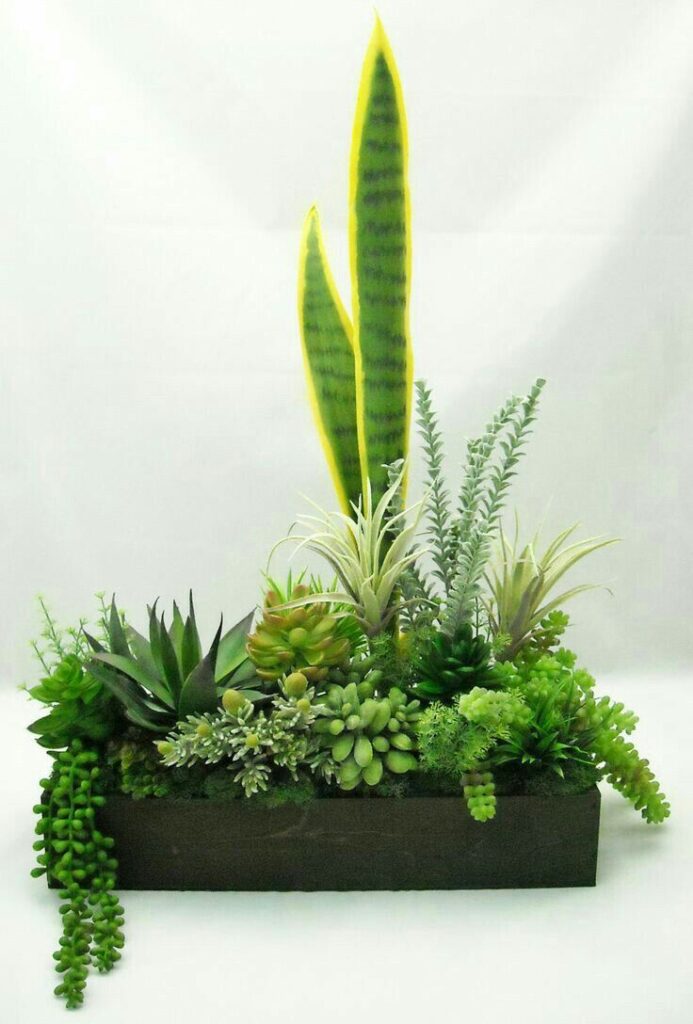
- Home Décor: Faux succulents and cacti are often used to add a modern, minimalist touch to living rooms, bedrooms, kitchens, and bathrooms. They can be displayed individually or as part of a larger arrangement in various containers, such as ceramic pots, glass terrariums, or hanging planters.
- Office Décor: These faux plants are popular in offices because they add a bit of nature to the workspace without requiring light or watering. They’re great for desks, shelves, or reception areas.
- Outdoor Spaces: While real succulents and cacti thrive outdoors, faux versions can be used in areas where the climate isn’t suitable for natural plants, such as in shaded patios or regions with fluctuating temperatures.
- Event Décor: Faux succulents and cacti are frequently used in decoration, especially for weddings, parties, or themed events like boho or desert-style gatherings. They are often incorporated into centerpieces, table settings, or more extensive decorative arrangements.

Faux grasses are a popular choice for adding a natural touch to spaces without the upkeep of real plants. Here’s a quick look at three types.
Pampas Grass
Wheat Grass
Artificial Turf
Fake Pampas is a budget-friendly, no-mess way to beautify your home instantly. Whether you pick single stems, bunches, or pre-arranged stylish vases, they bring lasting charm to any space.

Are you interested in exploring Pampas grass more? Click here to jump to that page!
Wheat Grass
Faux wheat grass has slender, green blades that brighten spaces like kitchens and offices. It looks realistic and adds a fresh, earthy vibe without needing light or water.

Artificial Turf:
Faux Turf is excellent for creating lush outdoor spaces, like backyards or balconies, without the hassle of mowing or watering. It’s durable, easy to clean, and ideal for kids and pets.
Faux Flowers with Greenery:

> Roses with Greenery
> Hydrangeas with Leaves
> Peonies with Greenery
Faux flowers with greenery combine blossoms’ beauty with lush foliage’s natural appeal, creating lifelike arrangements that enhance any space. Here’s a brief look at three popular combinations:
Roses with Greenery
Faux roses paired with greenery offer a timeless, romantic look. The vibrant blooms, complemented by rich green leaves, make these arrangements perfect for adding elegance to dining tables, living rooms, or special events.
Hydrangeas with Leaves
Faux hydrangeas create a soft, luxurious feel with their whole, rounded clusters and leafy accents. These arrangements work well in both classic and contemporary settings, adding a touch of sophistication and charm.
Peonies with Greenery
Faux peonies, known for their large, lush blooms, paired with greenery, bring a fresh and lively vibe to any room. Their delicate yet bold appearance makes them ideal for brightening bedrooms, entryways, or office spaces. These faux flower arrangements combine the best of both worlds—beautiful blossoms and verdant greenery—making them perfect for effortless, lasting decor.

Seasonal and Themed Faux Greenery Décor ideas
Holiday Garlands
Autumn Leaves
Spring Floral Garlands
Seasonal and themed faux greenery décor adds festive and seasonal touches to your décor. Here’s a simple breakdown:
Holiday Garlands:
Faux garlands decorated with festive elements like pine, berries, and ornaments are perfect for Christmas or other holidays.
Autumn Leaves:
Artificial leaves in warm colors like orange, red, and yellow are great for adding a cozy fall vibe to your space.
Spring Floral Garlands:
Faux garlands with spring flowers and greenery bring a fresh, cheerful look to your home during spring.
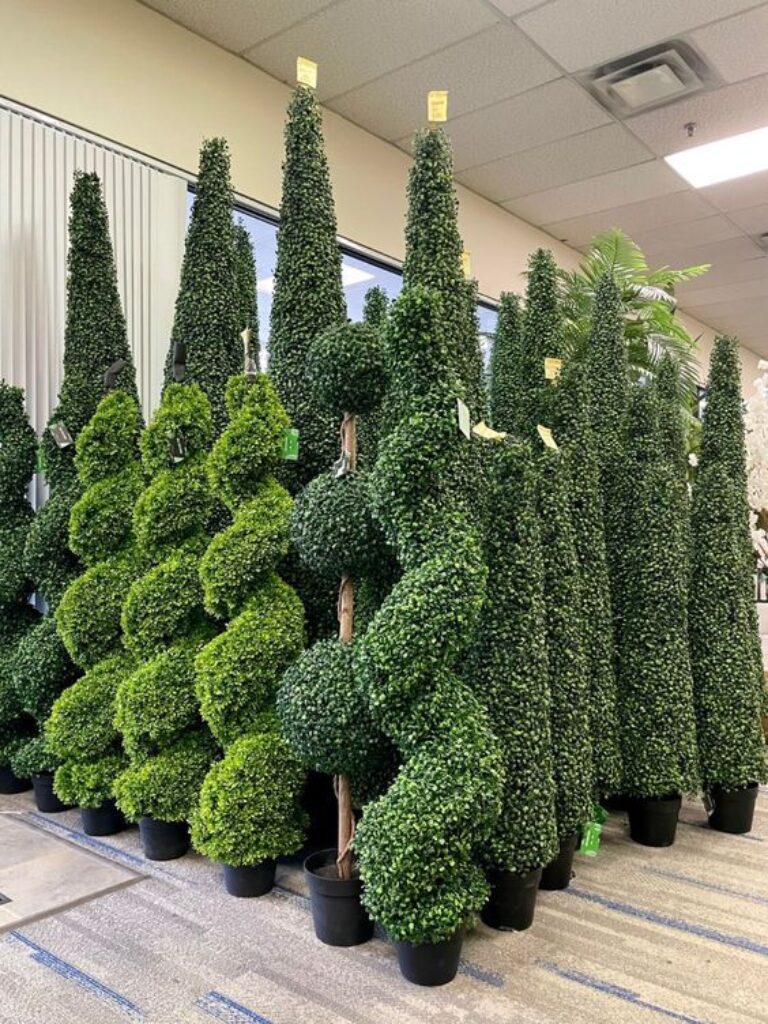
Boxwood Topiary Balls
Spiral Topiary
Cone Topiary
Faux topiaries are artificial plants shaped into decorative forms, perfect for adding greenery without maintenance. Here’s a bit more detail on each:
Boxwood Topiary Balls:
These are round, ball-shaped artificial plants that have a neat appearance. They’re perfect for placing in planters by doorways, on patios, or as indoor accents to add a classic, symmetrical touch to your decor.
Spiral Topiary:
Shaped into a spiral, these faux plants are designed to be eye-catching and elegant. They’re ideal for creating a focal point in gardens, entryways, or even living rooms, adding a sophisticated and artistic element to the space.
Cone Topiary:
Cone-shaped faux plants have a sleek and modern design. They’re perfect for flanking doorways, lining walkways, or as part of a formal garden setup. The structured shape adds a sense of order and elegance to any setting.
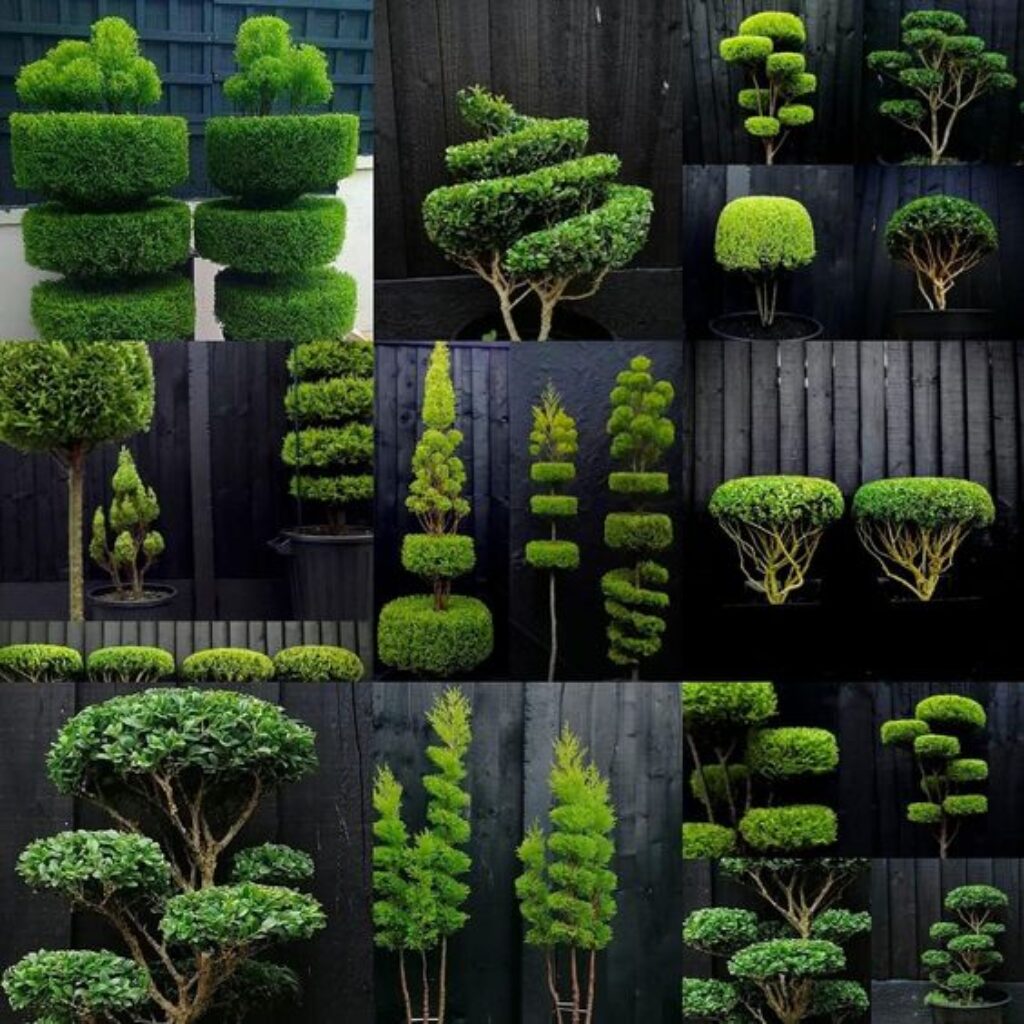
Frequently Asked Questions:
1. Why is artificial greenery important for home decoration?
Artificial greenery enhances spaces with a fresh, natural look without maintenance, making it ideal for busy lifestyles or areas with low light.
2. How does artificial greenery benefit businesses?
Artificial greenery provides a long-lasting, low-maintenance aesthetic that creates a welcoming environment for customers, reducing the costs and efforts associated with live plants.
3. Can artificial greenery improve air quality or mental well-being?
While it doesn’t purify air like live plants, artificial greenery offers psychological benefits by fostering a calm, nature-inspired atmosphere, which can reduce stress and enhance mood.
4. Why is artificial greenery famous in event design?
Artificial greenery is versatile, reusable, and easy to transport, making it ideal for significant events, weddings, and photoshoots where a consistent, vibrant look is essential.
5. How does artificial greenery support sustainable design?
By reducing the need for water, fertilizers, and plant replacements, artificial greenery minimizes resource consumption and waste, supporting eco-friendly, sustainable interior design.


